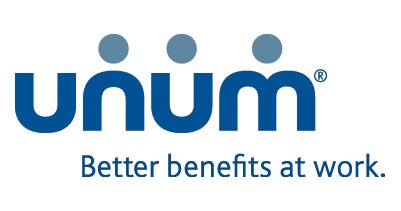
RTW Programs: The Cornerstone of Integrated Absence Management Programs
I have been talking about integrated absence management and the need for written or formalized return-to-work programs for more than 30 years. And I have frequently posed this question to colleagues: Why are we still talking about this and not just doing it?
Taking an integrated approach to absence and disability management supports employer compliance, streamlines operations, reduces cost, and enhances the employee experience. That is, in part, because it is hard to delineate between disability and leave journeys without an integrated process that helps employees access their benefits and return to work (RTW) in a timely manner.
On the occupational side, formalized RTW programs are common, and often mandated by states, some of which provide incentives for the programs. So why do employers support RTW programs for the occupational side but not for non-occupational illness/injury? It makes me scratch my head.
I previously worked with organizations in corporate America that had one RTW program for all employees regardless of how disabilities originated, and they were successful. Many DMEC member organizations have overcome the siloed and bifurcated programs of workers’ compensation and benefits. So why, 30 years later, haven’t more companies followed suit?
Requirements
Employers are required by law to find reasonable accommodations that keep people with disabilities working or return them to work as soon as possible. Yet data from the Equal Employment Opportunity Commission1 shows this is not happening as frequently as it should be. During the DMEC webinar Playing the Long Game — How to Keep Employees at Work,2 speakers emphasized the need to explore all opportunities to keep employees at work and use leave as a last resort. Yet many employers do not have a clear grasp on which modified or transitional work duties are possible, which makes this harder and may be why so many opt for leave as a first option.
Creating a formalized RTW program entails reviewing essential job functions and identifying modified work duties and accommodations that help employees stay at work and return to work when possible. The process reveals opportunities to improve communication with employees on leave and with healthcare providers, who oftentimes use a default of less work or no work, as noted by a specialist in rehabilitation and occupational medicine during the Creating More Effective Return-to-Work Pathways podcast episode.3
Yet, many employers do not have formalized RTW programs. In fact, only 45% of 703 employers that responded to the 2021 DMEC Employer Leave Management Survey4 said they had formal RTW programs. While more than half of large employers (1,000 or more employees) have them, size should not matter here. These programs convey a commitment to helping employees return to activity and productive employment following illness or disability. They are designed with employees and employers in mind to ensure compliance with respective laws. And they support employee recovery.
If you need help getting started, check out the DMEC Building a Return-to-Work Program Microcredential Course,5 which includes a section on developing a business case. There are five modules that cover everything from the basics of RTW programs to necessary preparation, development, implementation, and monitoring to ensure success.
RTW programs benefit organizations in myriad ways including enhanced employee experience that extends beyond those who need accommodations or request leaves of absence. They enable you to take a holistic approach to a foundational aspect of what we do — keep employees at work or return employees to productive and gainful employment.
References
- Equal Employment Opportunity Commission. 2022 Annual Performance Report. March 2023. Retrieved from https://www.eeoc.gov/2022-annual-performance-report-apr
- DMEC. Webinar Recording: Playing the Long Game — How to Keep Employees at Work. May 18, 2023. Retrieved from http://dmec.org/2023/05/18/webinar-recording-playing-the-long-game-how-to-keep-employees-at-work/
- DMEC. Creating More Effective Return-to-Work Pathways. July 13, 2023. Retrieved from https://player.captivate.fm/episode/00501fb3-ba5f-4314-9082-8f6ea5e85ff9/
- DMEC. 2021 DMEC Employer Leave Management Survey. Retrieved from http://dmec.org/2022/04/15/2021-dmec-employer-leave-management-survey-white-paper/
- DMEC. Building a Return-to-Work Microcredential Course. Retrieved from http://dmec.org/certification-training/microcredential-courses/




































